NEWS at Quanex
See the latest news, posts and events from Quanex about our business, the industry, our people and more.
The Ultimate Guide to Choosing the Perfect Exterior Window Screens for Your Home
When it comes to enhancing the comfort and protection of your home, selecting the right exterior window screens is crucial. According to the American Institute of Architects, over 60% of homeowners are now prioritizing energy efficiency in their home improvement projects, and installing high-quality exterior window screens can significantly contribute to this goal by reducing heat gain during the summer months. Additionally, a report from the U.S. Department of Energy indicates that effective window treatments can lower cooling costs by up to 10%. Furthermore, exterior window screens serve as a barrier against pests and provide UV protection, making them a versatile addition to any home. This ultimate guide will explore the essential factors to consider when choosing the perfect exterior window screens, ensuring you make an informed decision that enhances both the aesthetic and functional aspects of your living space.
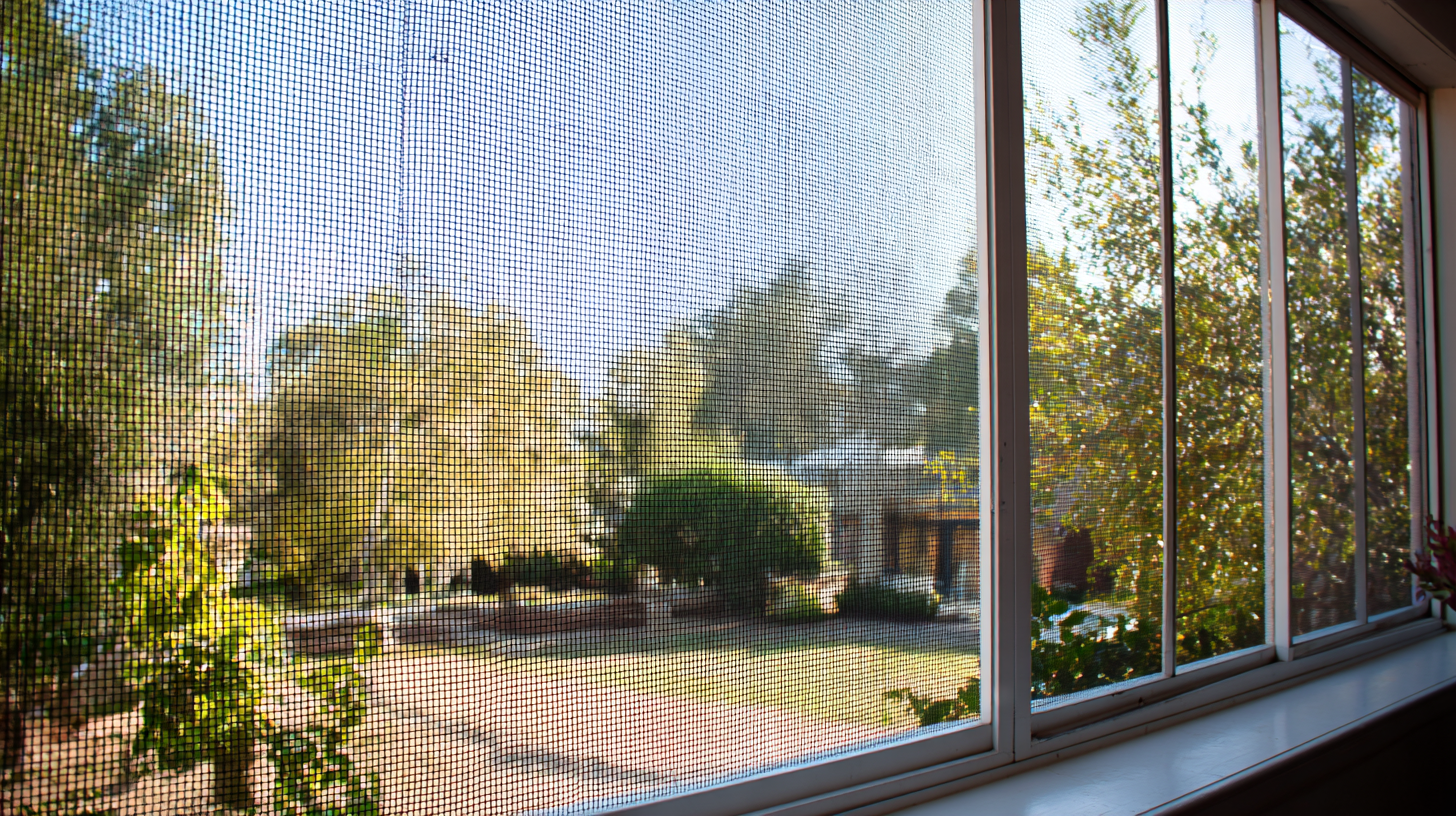
The Impact of Exterior Window Screens on Energy Efficiency: Industry Insights
Exterior window screens play a crucial role in enhancing the energy efficiency of residential properties. According to a report by the U.S. Department of Energy, properly installed exterior screens can reduce solar heat gain by up to 65% for south-facing windows and 77% for west-facing windows. This significant reduction in heat gain contributes to maintaining comfortable indoor temperatures, allowing homeowners to lower their reliance on air conditioning systems during the hot summer months. As a result, this not only enhances comfort but also leads to considerable savings on energy bills.
Furthermore, industry insights reveal the growing demand for energy-efficient solutions in home design. A recent survey conducted by the American Institute of Architects indicated that 60% of homeowners prioritize energy efficiency when choosing exterior elements, including window screens. This trend underscores the importance of selecting the right materials and designs that complement the home’s existing architecture while maximizing energy performance. With advancements in screen technology, many options now include UV-blocking features that can further enhance energy efficiency and protect interiors from sun damage, making the right choice in exterior window screens a key investment for any homeowner.
The Impact of Exterior Window Screens on Energy Efficiency
| Screen Type | Material | Solar Heat Gain Coefficient (SHGC) | Visible Light Transmittance (VLT) | Energy Savings Potential (%) |
|---|---|---|---|---|
| Fiberglass Mesh | Fiberglass | 0.23 | 50% | 15-20% |
| Aluminum Screen | Aluminum | 0.25 | 60% | 10-15% |
| Solar Screen | Fabric | 0.18 | 40% | 20-25% |
| Retractable Screen | Vinyl/Polyester | 0.20 | 55% | 15-20% |
Top 5 Materials for Durable and Aesthetically Pleasing Window Screens
When selecting the ideal exterior window screens for your home, the choice of material is crucial for both durability and aesthetic appeal. Here are the top five materials that can enhance your living space while providing practical benefits.
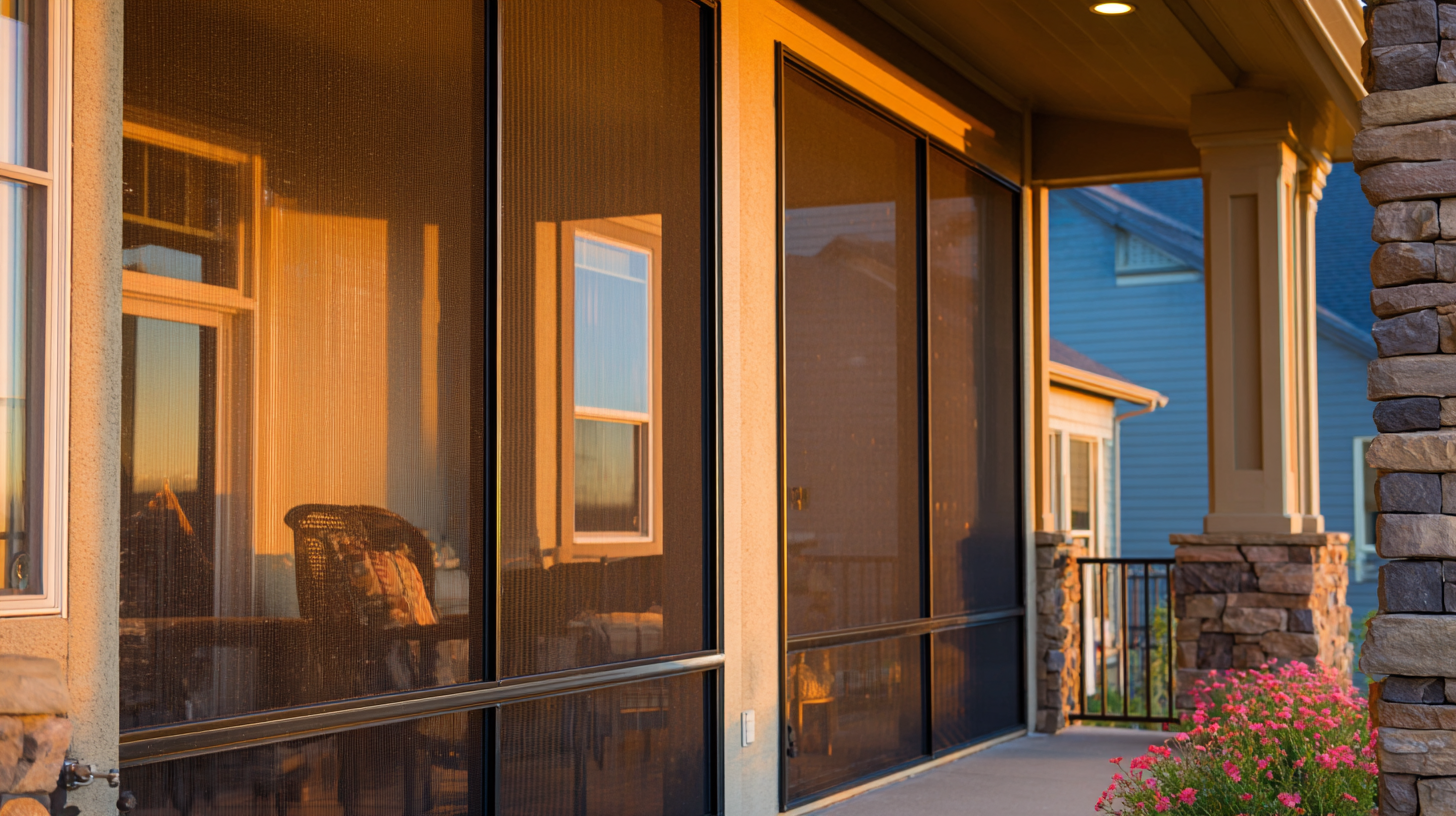
First on the list is fiberglass, known for its strength and flexibility. It resists rust and corrosion, making it a long-lasting option that can withstand various weather conditions. Additionally, fiberglass screens allow for excellent visibility, which helps maintain your home's aesthetic without compromising ventilation.
Aluminum screens are another great option, prized for their sturdiness. They are lightweight, resistant to dents, and available in various colors, allowing them to blend seamlessly with your home’s exterior. For a touch of elegance, consider retractable screens made from premium materials that can fold away when not in use, providing unobstructed views.
Tip: When choosing screen materials, consider factors like climate and location. For instance, if you live in a coastal area, opt for materials that resist salt spray corrosion, such as stainless steel, to ensure longevity. Also, think about your home’s architectural style to select a screen that complements your overall design.
Comparative Analysis: Traditional Screens vs. High-Tech Alternatives
When it comes to selecting exterior window screens, understanding the differences between traditional screens and high-tech alternatives is crucial. Traditional screens, typically made from materials like fiberglass or aluminum, provide a reliable barrier against insects while allowing natural airflow. They are cost-effective and easy to install, making them a popular choice among homeowners. However, they can have limitations in terms of durability and UV protection, often requiring replacement due to wear and tear from the elements.
On the other hand, high-tech alternatives, such as retractable or solar screens, bring advanced features that elevate their functional capabilities. Retractable screens can disappear when not in use, providing unobstructed views and seamless aesthetics. Solar screens not only block UV rays but also reduce solar heat, enhancing energy efficiency. These screens often come with enhanced durability, resisting damage from harsh weather conditions. While they may come with a higher upfront investment, their long-term benefits in terms of maintenance and energy savings make them an enticing option for modern homeowners looking to blend style and functionality.
Choosing the Right Mesh Size: Balancing Visibility and Bug Protection
When selecting exterior window screens, one of the most critical factors to consider is the mesh size. The right mesh not only enhances airflow and light but also provides essential protection against insects. A mesh size of 18x16 is commonly recommended for residential use, as it strikes an ideal balance between visibility and bug prevention. According to the American Society for Testing and Materials (ASTM), a smaller mesh size can effectively keep out even the tiniest insects while maintaining a clear view of the outdoors.
**Tip:** If you live in an area with a high population of insects, consider opting for a finer mesh size, such as 20x20, which can help create a barrier against pests without significantly compromising visibility. Keep in mind that while smaller mesh sizes improve bug protection, they can also reduce airflow, which may be an important factor during warmer months.
Another consideration is the material of the screen. Fiberglass screens are the most commonly used, offering durability and a fine mesh that allows for excellent visibility. However, if you prioritize strength over visibility, aluminum screens might be a better choice. They are more resistant to wear and tear, making them a popular option in high-traffic areas.
**Tip:** Regular maintenance is crucial; ensure that screens are cleaned periodically and checked for any damages, as this will help prolong their lifespan and maintain optimal performance in both bug protection and visibility.
The Impact of Mesh Size on Visibility and Bug Protection
Cost-Benefit Analysis: Investing in Quality Window Screens for Long-Term Savings
Investing in quality exterior window screens can lead to significant long-term savings for homeowners. Research indicates that well-designed window screens can reduce energy costs by up to 30% by improving insulation and decreasing the need for air conditioning. Given that the average American household spends around $2,000 annually on energy bills, quality window screens can save families approximately $600 to $800 each year, making them a wise investment for both comfort and financial health.
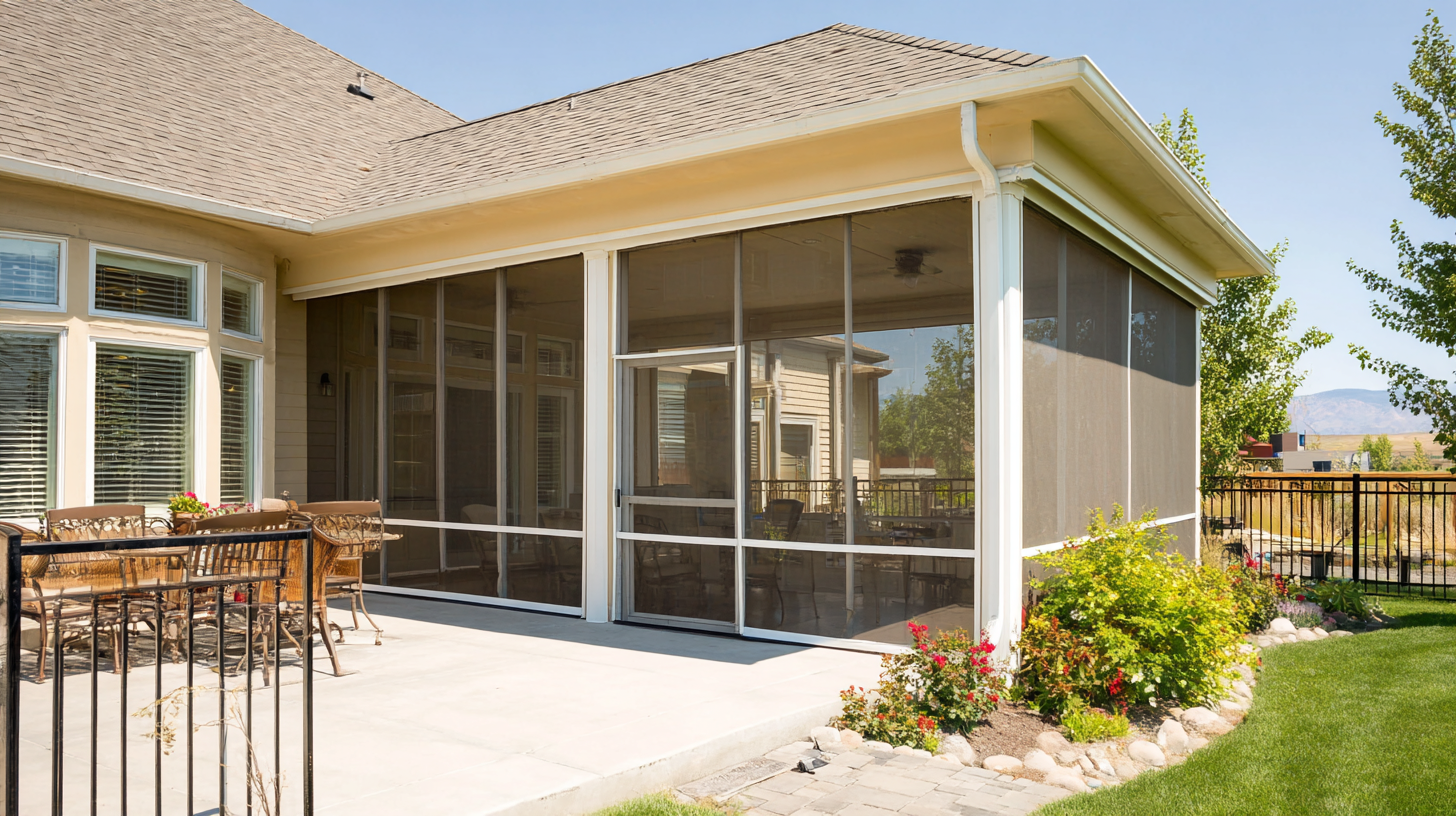
Additionally, the durability and effectiveness of high-quality screens contribute to their cost-benefit profile. For instance, premium materials can last over a decade, whereas lower-quality screens may require replacement every few years. Choosing a robust screen not only minimizes recurring expenses but also enhances the overall aesthetics and functionality of your home. As reported by industry experts, investing in good exterior window screens often pays for itself within a few years, aligning with the financial prudence observed in other investment sectors, such as sustainable energy solutions, which can similarly generate returns through decreased operational costs over time.
Related Posts
-
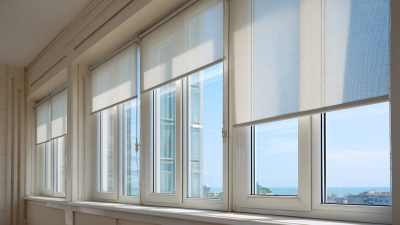
Emerging Trends in Exterior Window Screens Market Insights from 2025 China Import and Export Fair
-
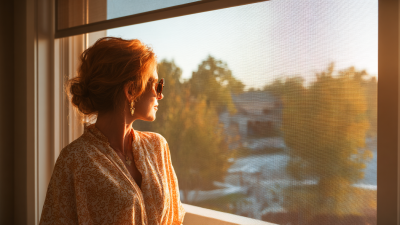
Innovative Approaches to Choosing New Window Screens for Your Home
-
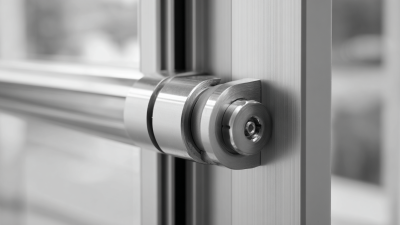
How to Enhance Energy Efficiency with Sliding Door Seals
-

7 Essential Tips for Choosing the Perfect Patio Glass Doors for Your Home
-
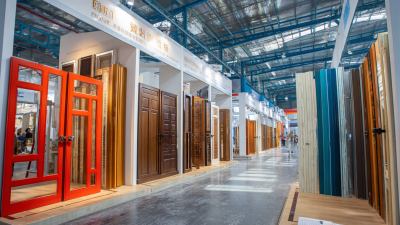
Exploring Industry Trends for Exterior Door Casing at the 2025 China Import and Export Fair
-
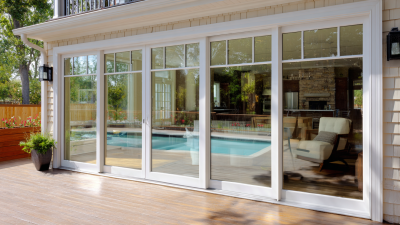
How to Choose the Perfect Exterior Sliding Glass Door for Your Home
